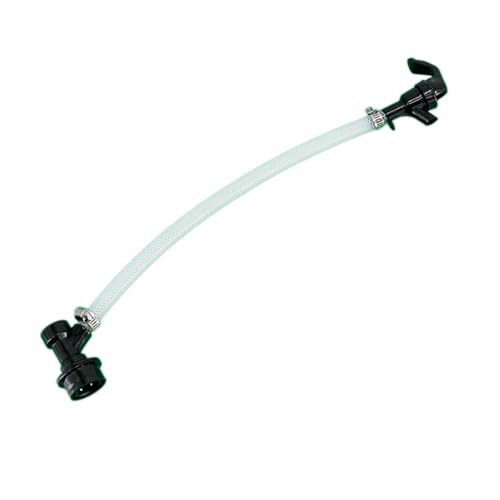Ooo! Let's have a go to.
Bru'n Water. But it's under input control from another "developing" spreadsheet. But there's not much difference to what
@Bobby_M posted, which is what I'd expect, most of what I'm developing comes into play with much higher mineralization rates (such as we use in the UK). This example turned out to be quite lame and didn't use any of my kookier ideas; the piccie above is just plain "Bru'n Water". All save that mention of "normalization" in the top right! I'll be back to that. I'm using 33% Calcium Chloride (for cheese!) ... divide by three for "anhydrous" in grams.
I've use your tap water analysis, but used a "Bru'n Water" ready madeup target water profile ... well, it's close enough to your target profile. A tiny amount (1.5ml) of Lactic Acid (88%) has been added to nullify the alkalinity in the tap water (not visible in the piccie). It doesn't need it really.
All the minerals are added to the mash. None are heldback in this case.
You see "ppm" bandied about. It stands for "
piles of
poo and
manure" ... I don't think I'll go further into what I think of "ppm". Best if we don't discuss "water hardness" and "as CaCO3" either.
"Normalixation"? Best if you do understand this as you are performing "no sparge" and "BIAB" where this procedure is particularily relevant. It's quite simple. You take a value that you know is good, and apply it in other relevant situations. Apparently, the mash should have "50-150ppm calcium" in the water. Ha, "ppm" again ... got to be tosh then. But let's say it's good advise, so I'll stick with "50ppm". It "works" in mashes that, let's say, where half the "batch size" is used as water to mash in. In this case that is 10.6 litres. In a table that will come out as:
Ooo, nice an' pink (it's part of my "developing" spreadsheet). So, I take that value and plug it into a spreadsheet using "no sparge" ("BIAB"):
See, the same amount of "Calcium" (0.55 grams). I've had to reduce the added "Calcium" because more water means more "Calcium" (carried by the water ... "ppm" is a concentration). I've added an extra line to depict the additional "Calcium" being added by the source water, and the same amount not being included in the additions. The weights are "theoretical" and represent "Calcium" ions ... not easy to actually grasp, in yer 'and hence "theoretical". "Calcium" gets the quotation marks 'cos it includes the Magnesium (if any) pretending to be Calcium.
But what's the other figure?
"21ppm"! The "Calcium" has been diluted, but the total amount is being kept the same. And it's the same, because the amount of malt it's to react with
remains the same! If the "Calcium" is allowed to increase, it will be necessary to increase the "Alkalinity" to neutralize the excess Acidity-Inceasing Hydrogen Ions released from the malt by the "Calcium". Abiding to the observations of "Residual Alkalinity".
Get it?
Many don't for some reason?
End of lesson. School Bell has sounded. Don't run in the corridors. Homework: Essay, "Piles of Poo and Manure", in by next Monday.




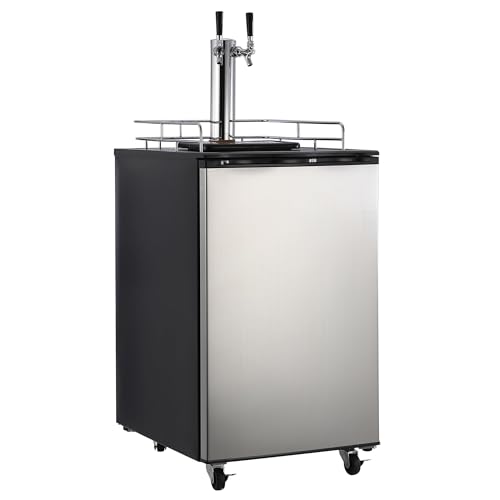






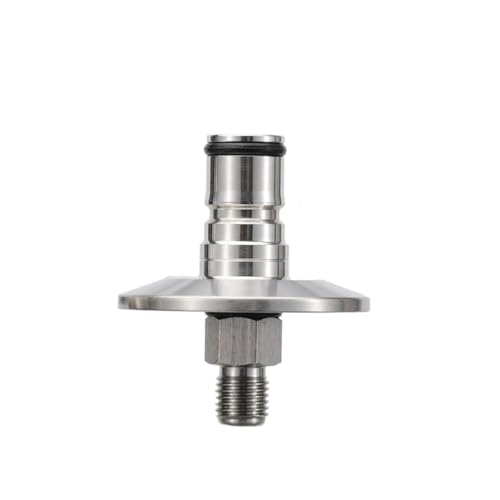

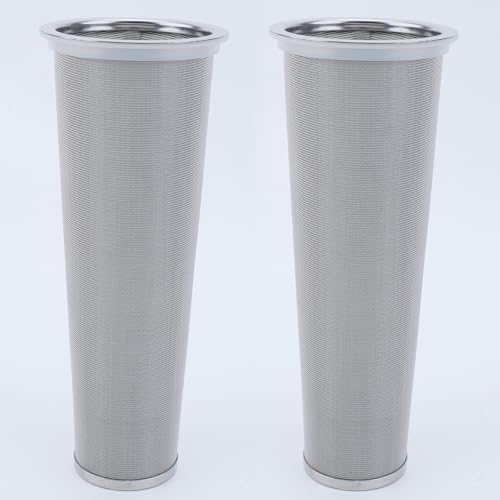
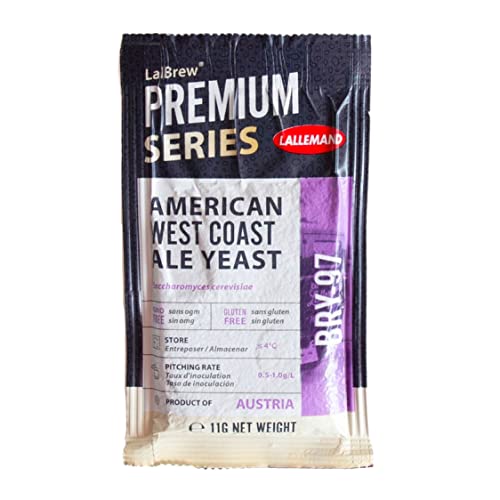












![Craft A Brew - Safale S-04 Dry Yeast - Fermentis - English Ale Dry Yeast - For English and American Ales and Hard Apple Ciders - Ingredients for Home Brewing - Beer Making Supplies - [1 Pack]](https://m.media-amazon.com/images/I/417FujUfrWL._SL500_.jpg)



